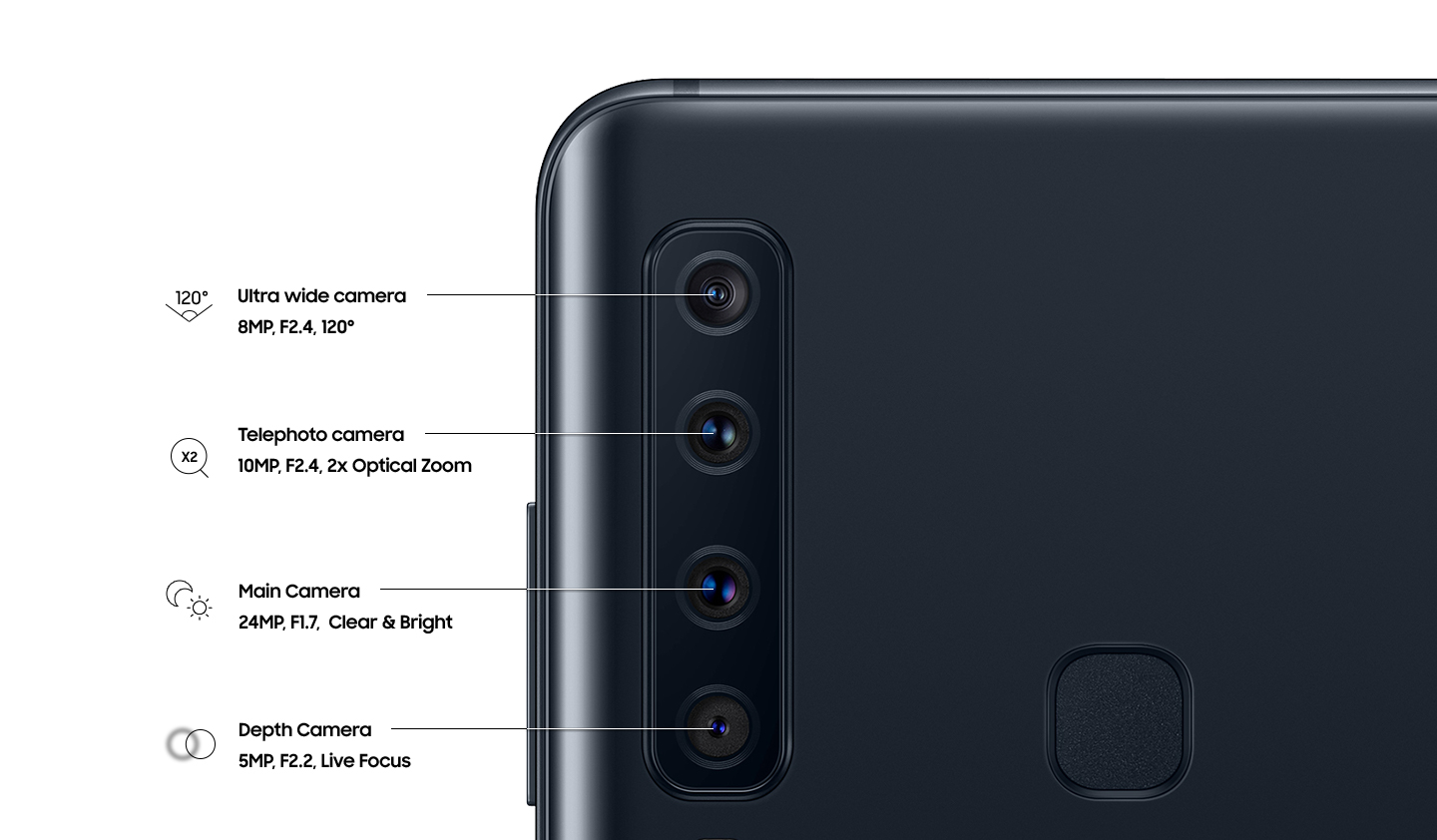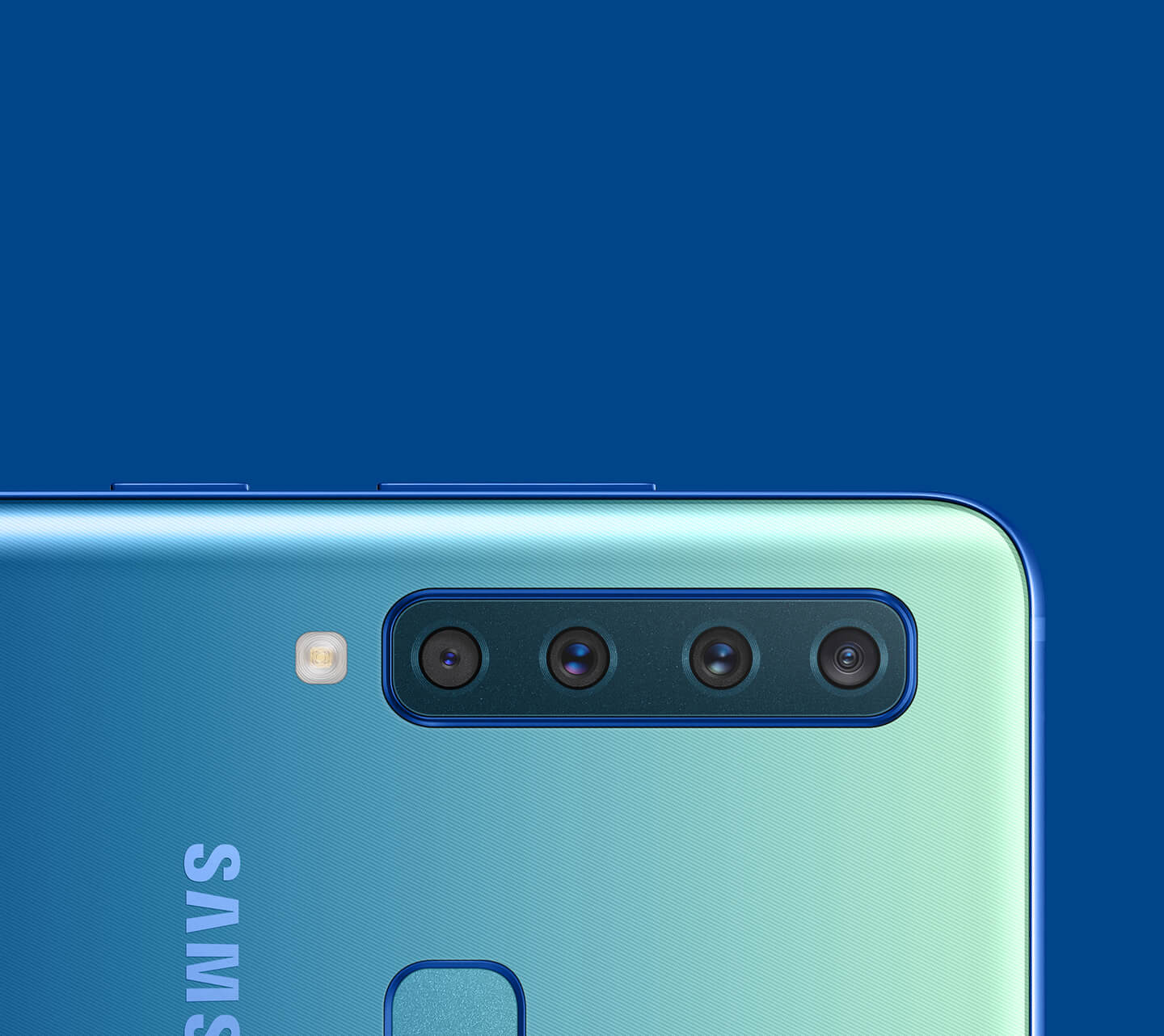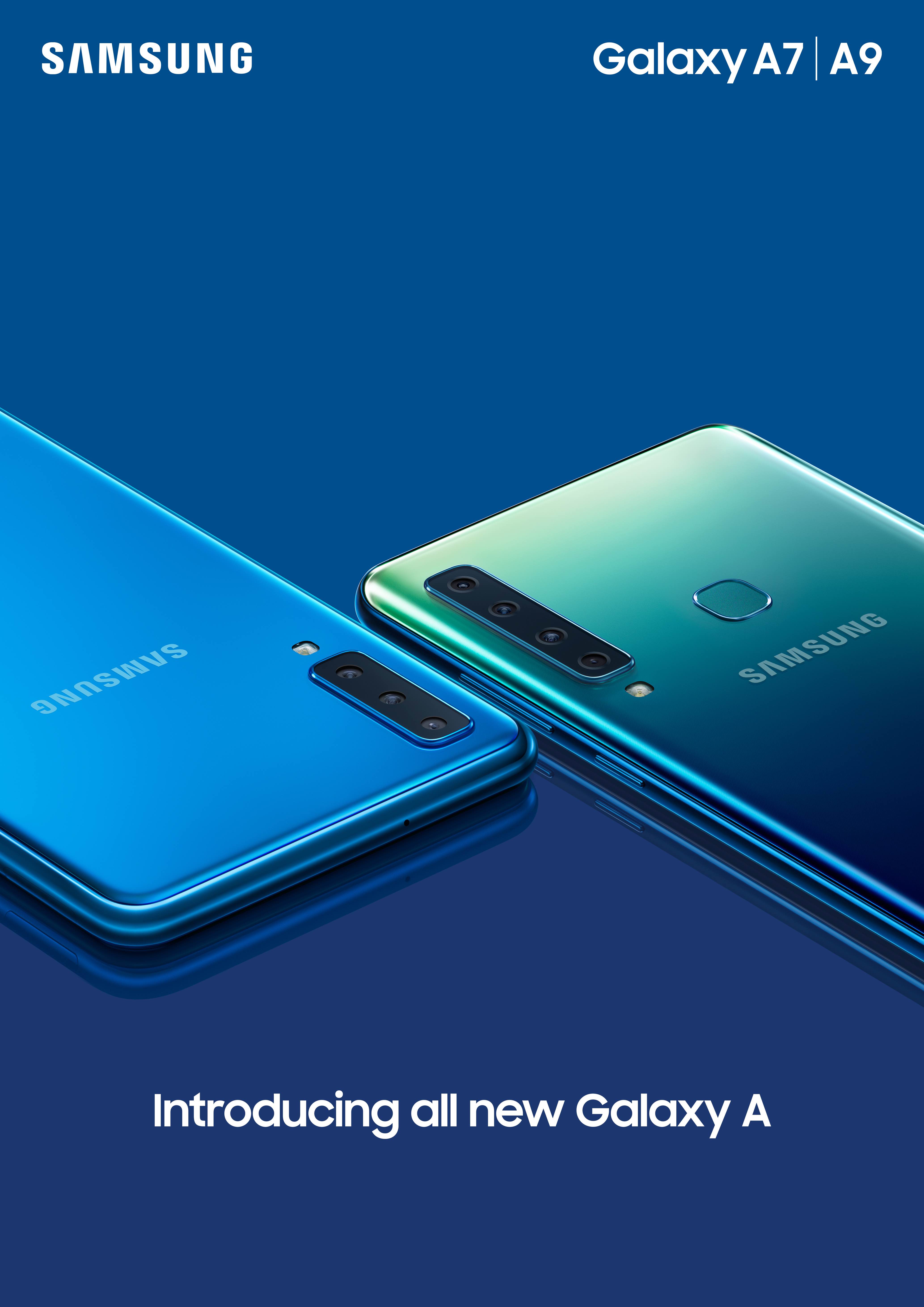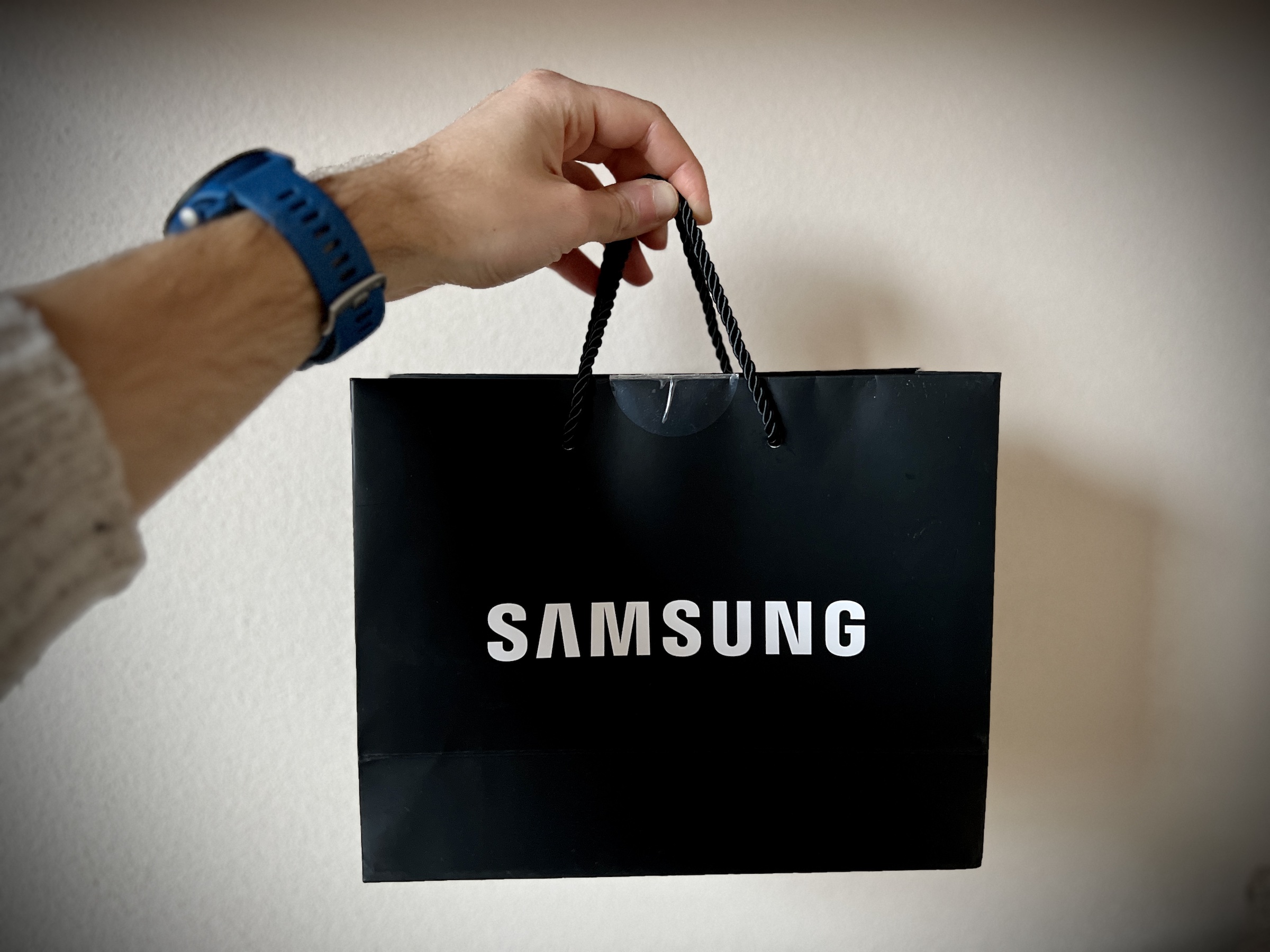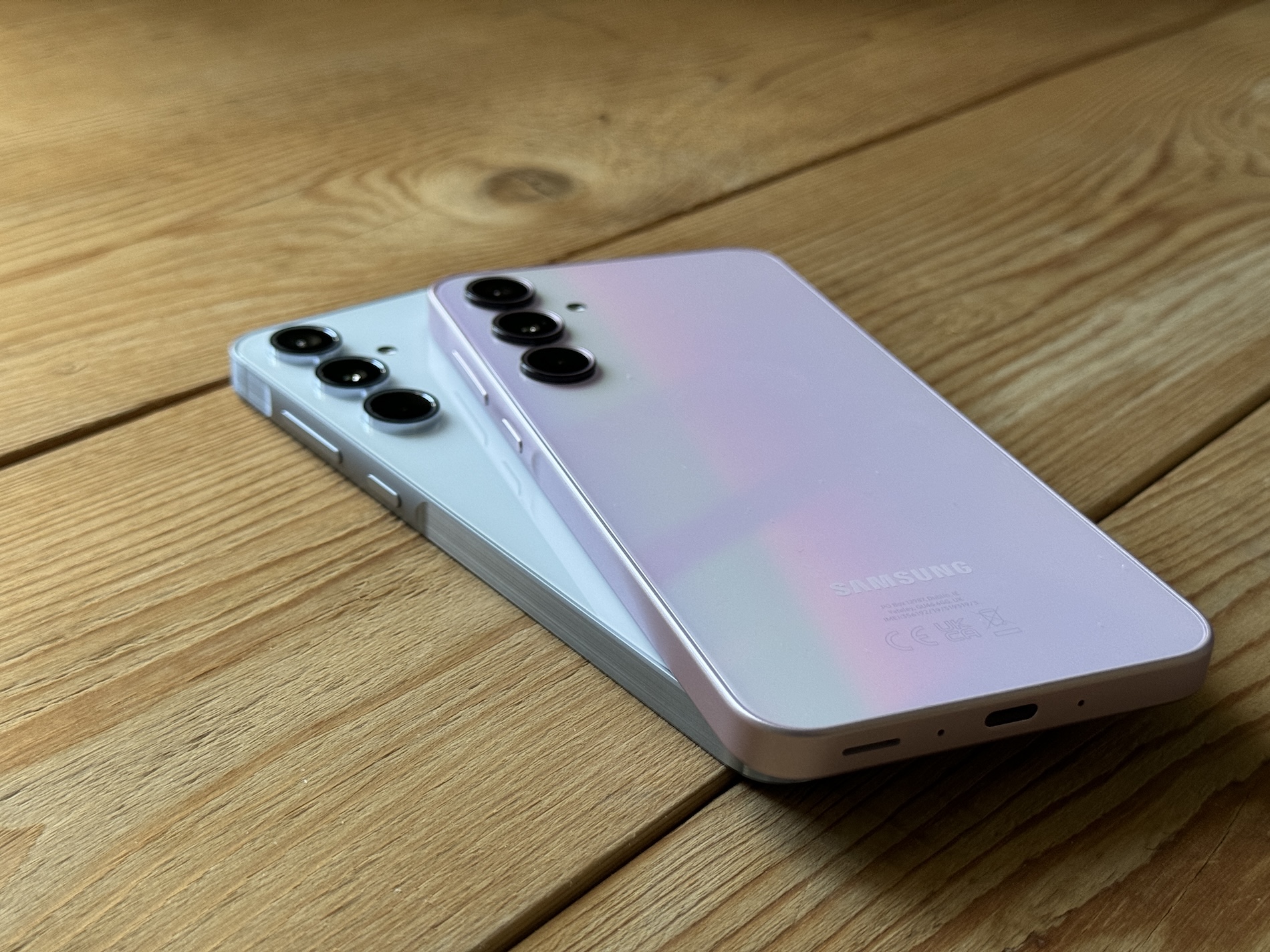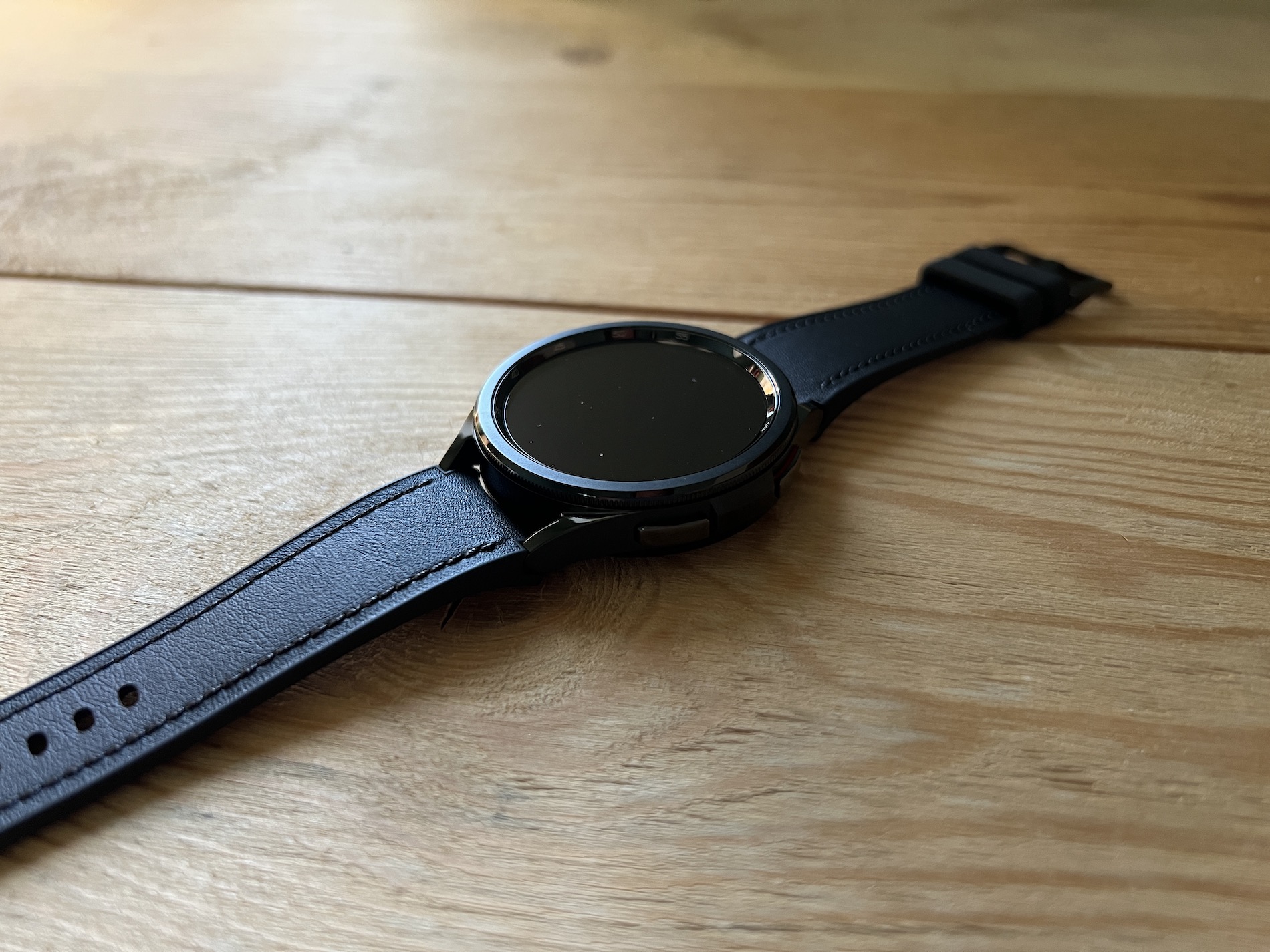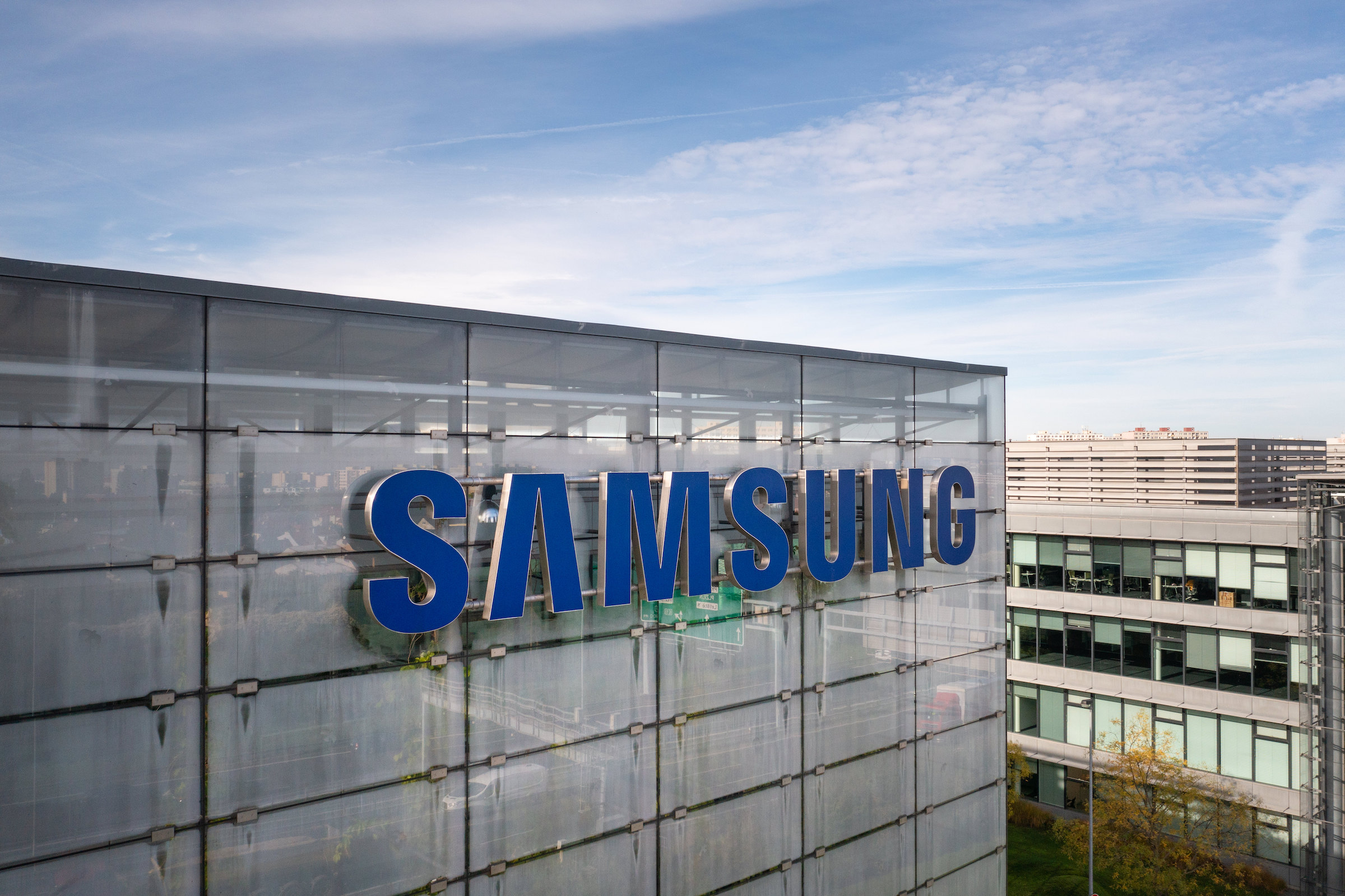The days when the owners of the first smartphones made do with absolutely basic equipment, features and camera capabilities are long gone. Today, smartphone cameras with three or more lenses no longer surprise anyone. Do you remember which smartphone was the first to offer four cameras?
You could be interested in
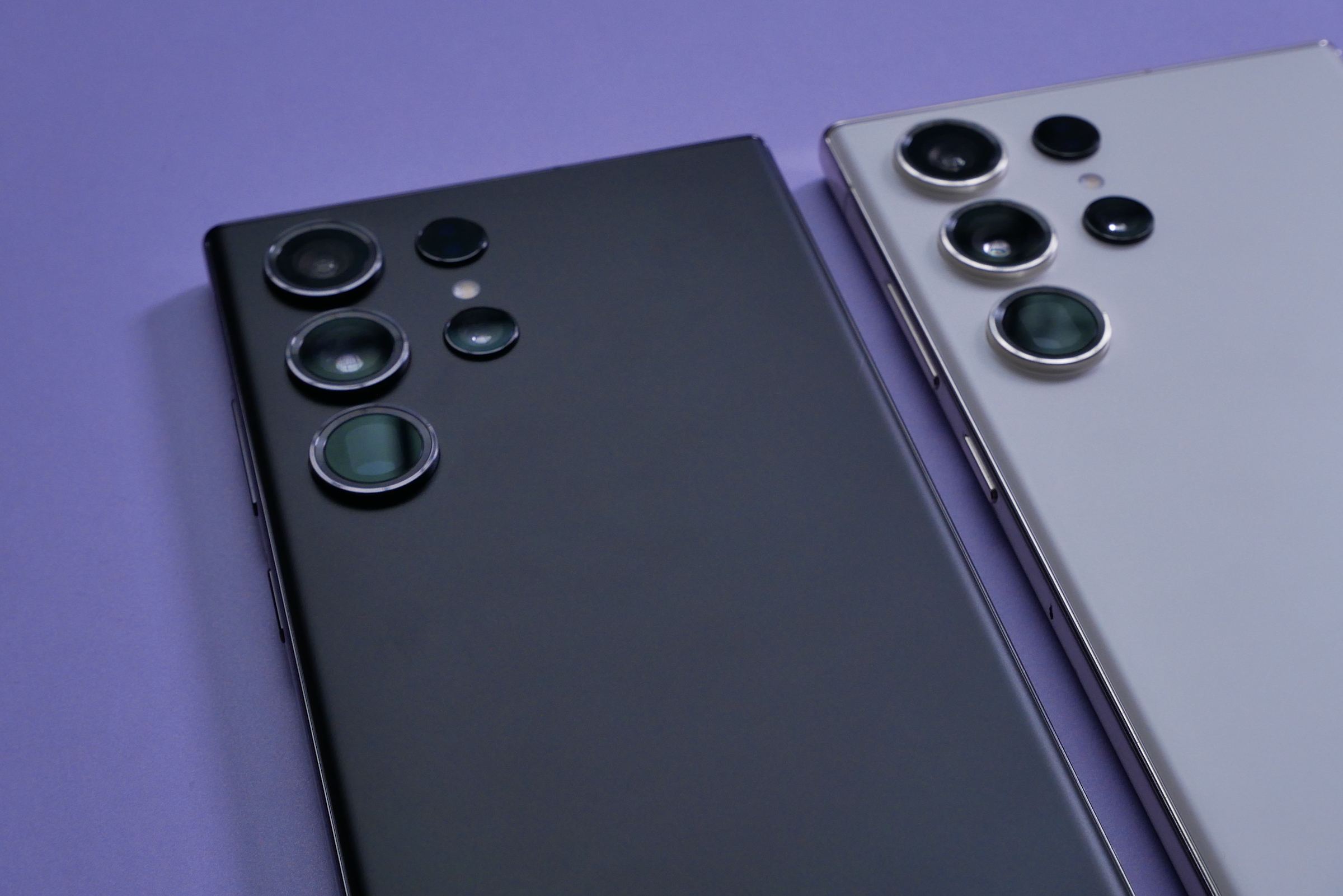
How many smartphone cameras are really enough? And how many are too many? Samsung Galaxy A9 (2018) it came out about three and a half years ago, and at the time it was the first ever phone with four cameras. It promised great versatility at the time, allowing you to switch between three focal lengths to get the best possible shot, while rendering the shallow depth of field usually only possible with large DSLR sensors.
Some of you may still remember the details regarding each Samsung model camera Galaxy A9. There were three usable cameras and one utility module on the back (we'll get to the front camera later):
- Primary 24MPx camera, f/1,7 aperture, 4K video recording at 30 fps
- 8 MPx ultra-wide-angle camera
- 10MPx telephoto lens
- 5MPx depth sensor
With the technology of the time, it was easiest to offer multiple focal lengths using multiple modules. For example, the LG G5 proved the usefulness of an ultra-wide-angle lens back in 2016, shortly after telephoto lenses began adorning the backs of smartphones. It wasn't until 2018 that the first phones that offered both began to appear. The LG V40 ThinQ, which was introduced on October 3rd (so a few weeks before the A9), featured an ultra-wide lens, a wide-angle lens and a 45° telephoto lens on the back. If we add the pair of cameras on the front, it was actually the first phone with five cameras on board. Samsung also had a total of five, but in a 4+1 configuration.
You could be interested in
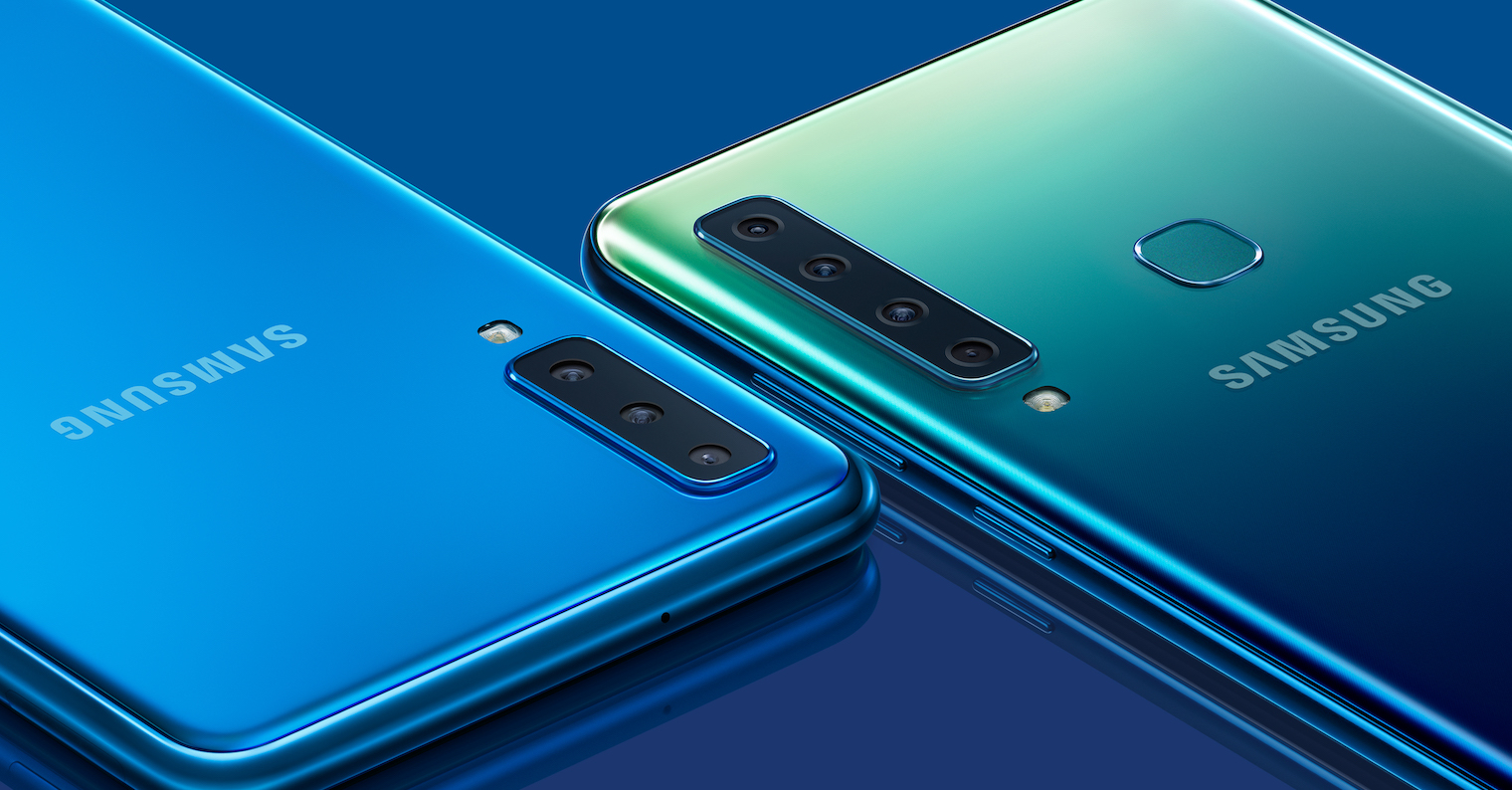
However, it soon became clear that Samsung Galaxy The A9 occasionally had issues with white balance, and photos often didn't look very good. The telephoto lens could deal with colors a little better, but the ultra-wide-angle lens, on the other hand, often had problems with perspective, and even photos taken in low-light conditions did not achieve very high quality. Even so, from Samsung Galaxy A9 became one of the performance leaders in the middle class segment.
